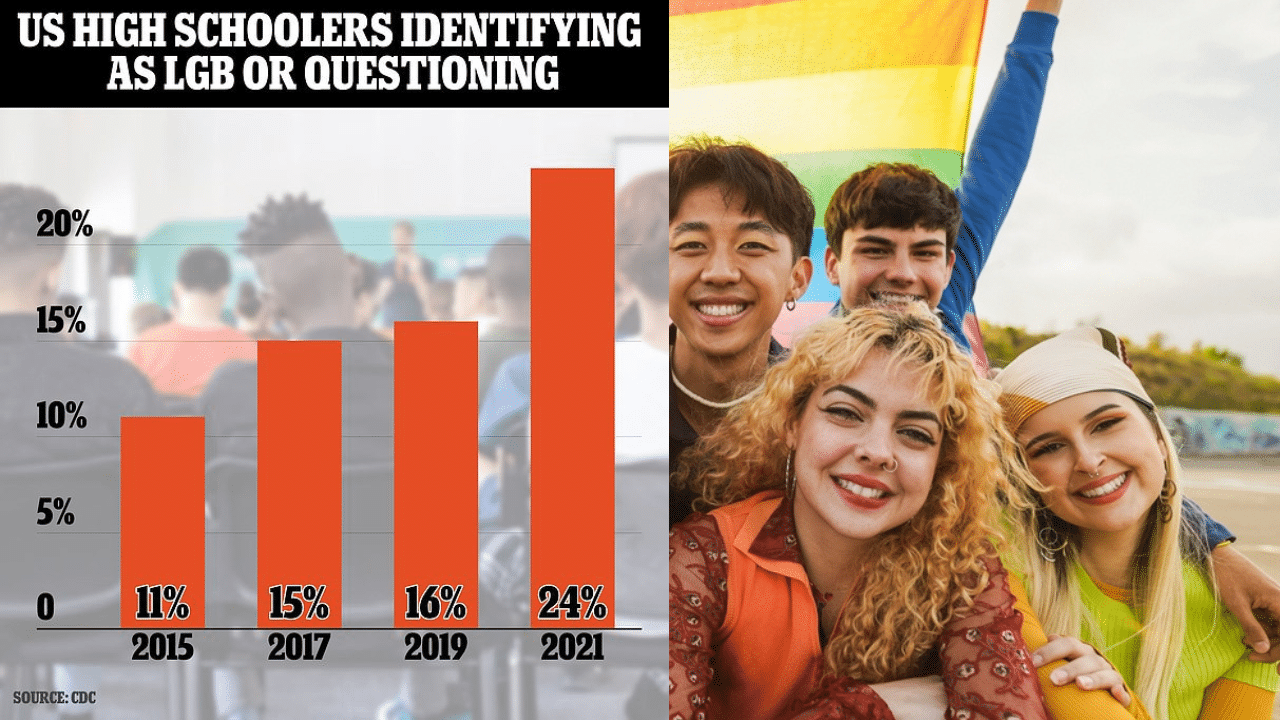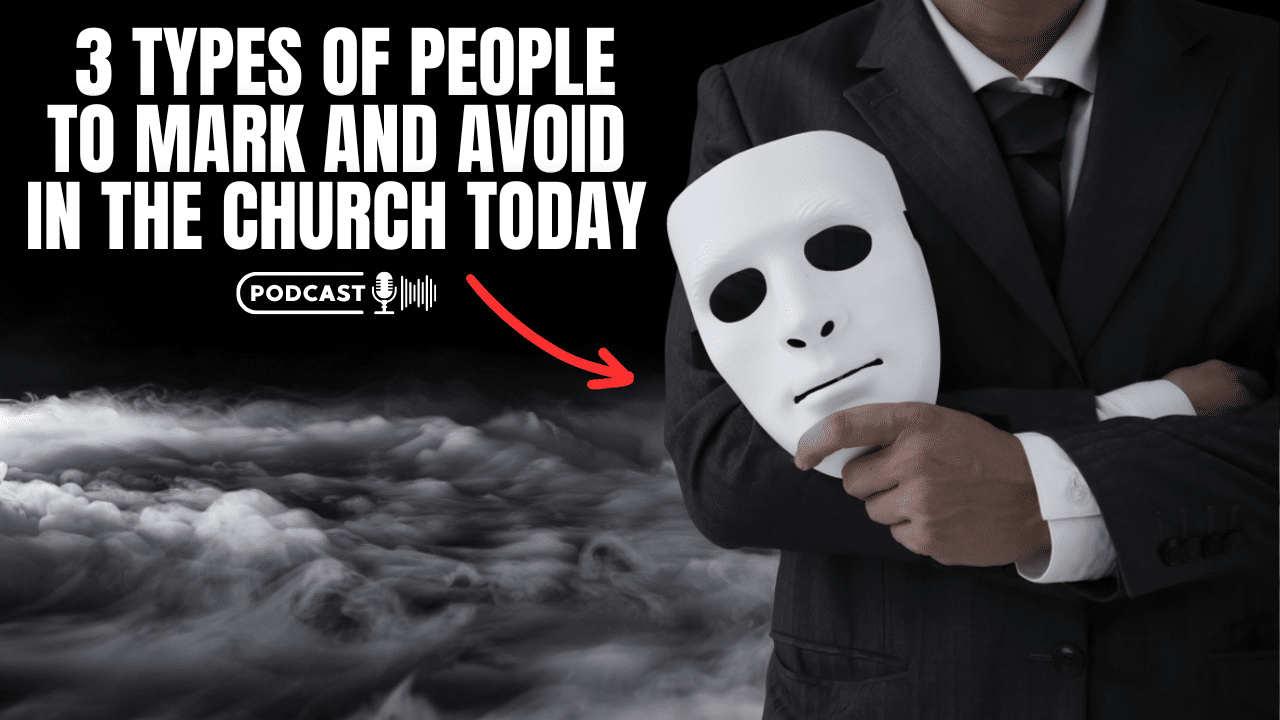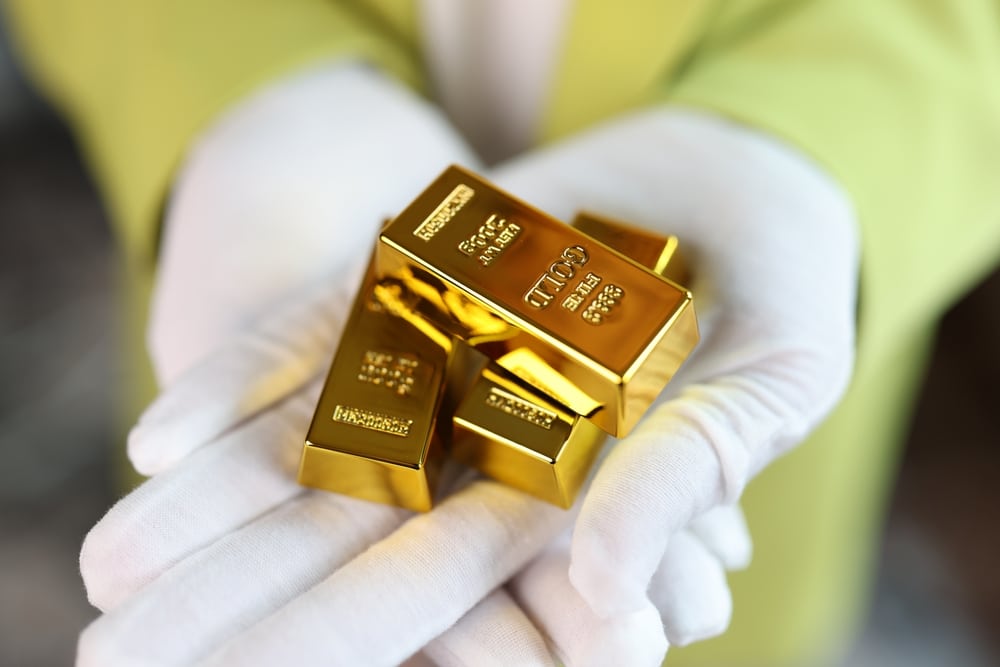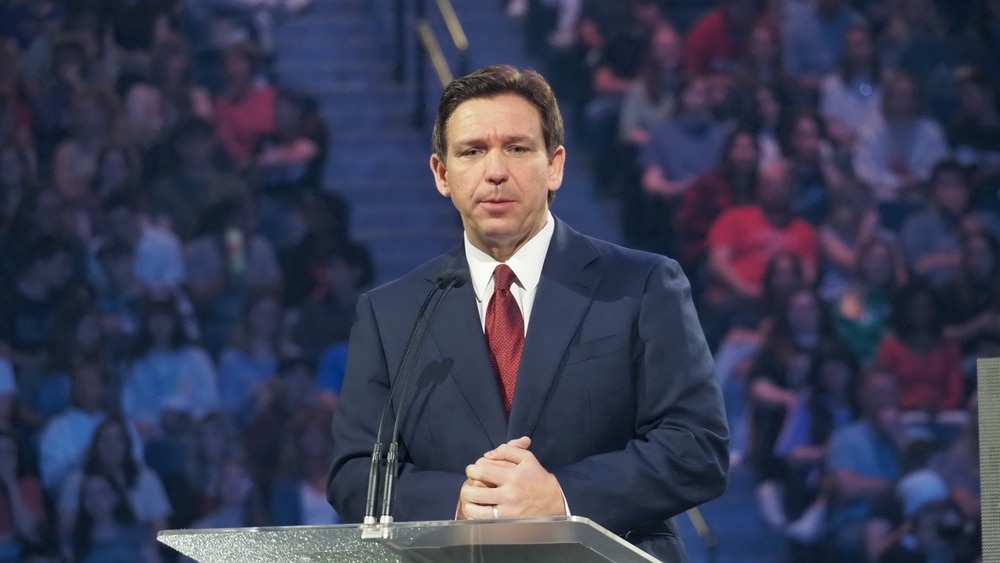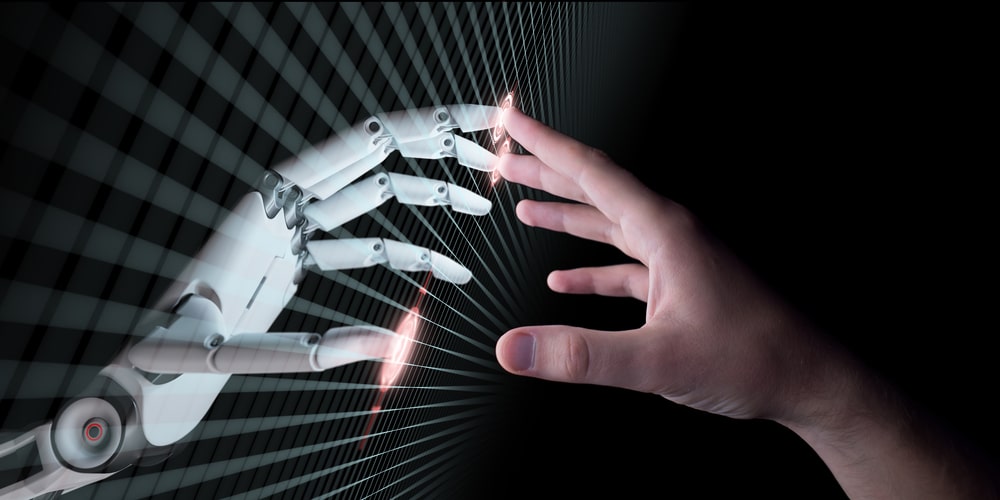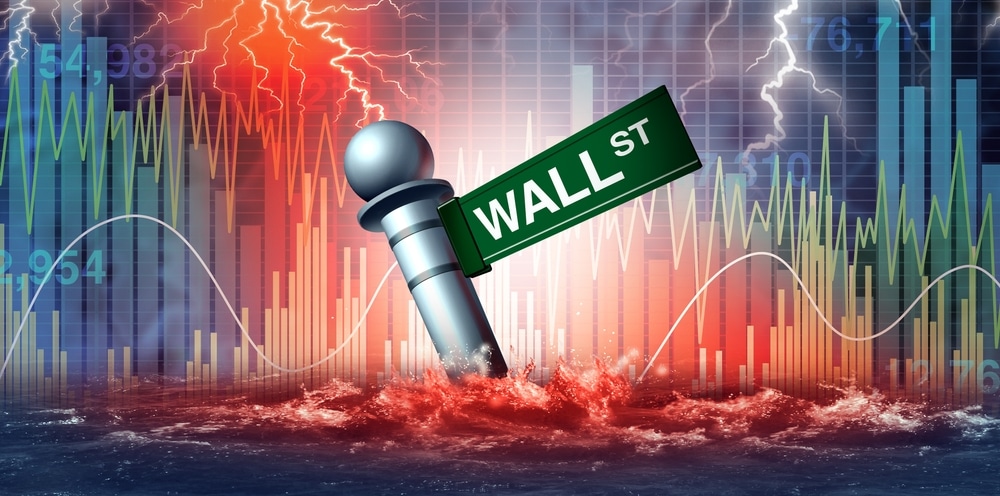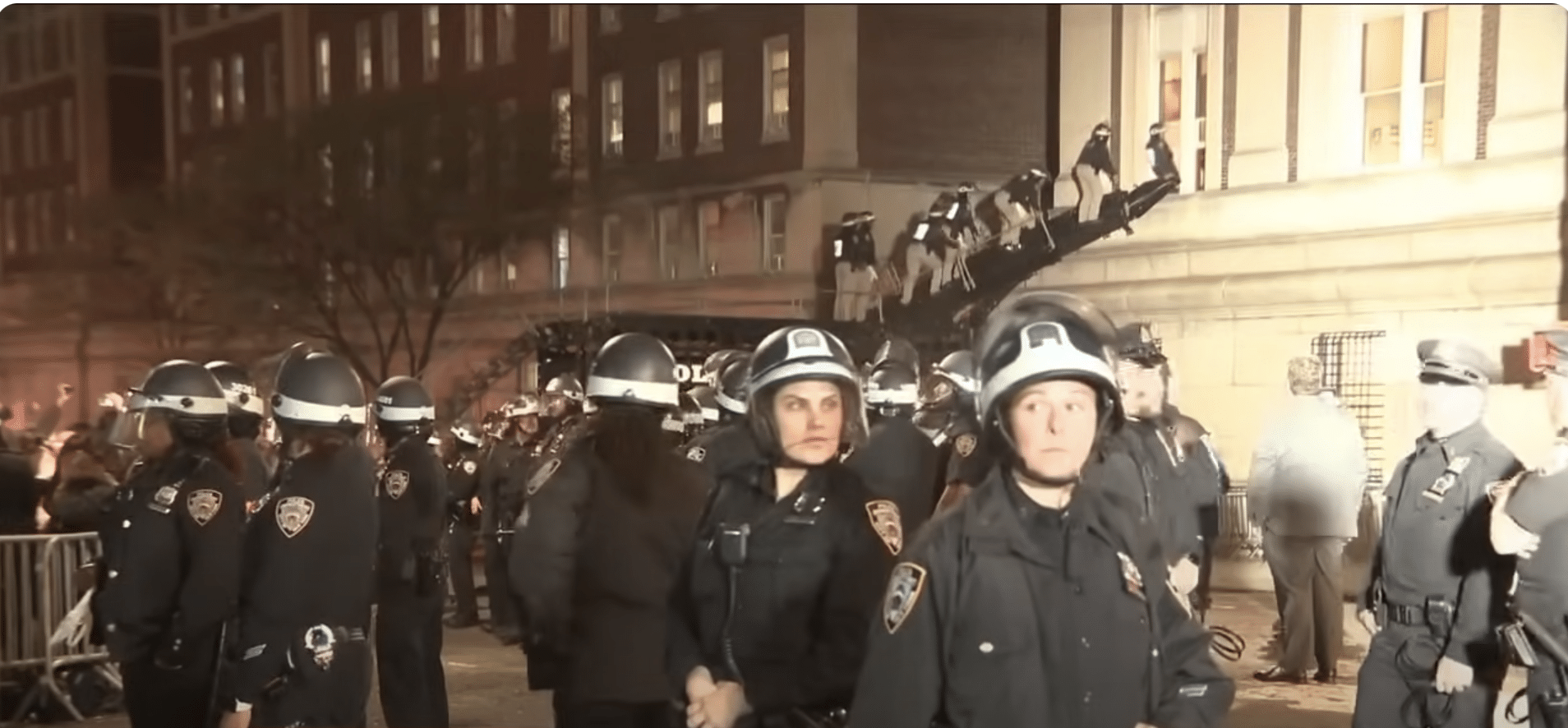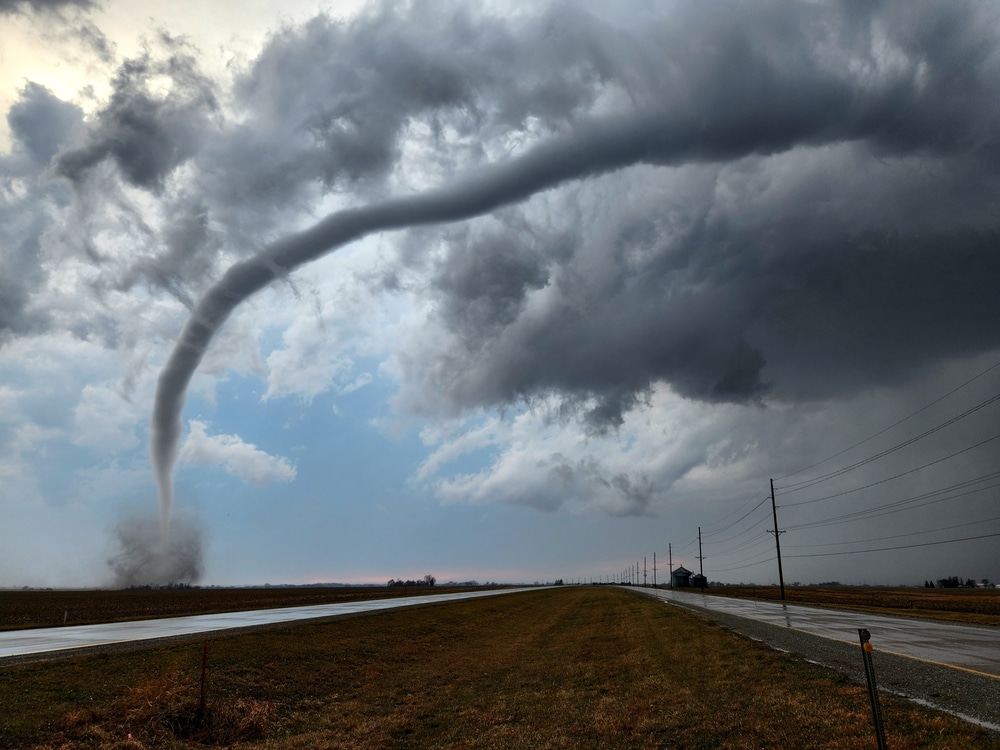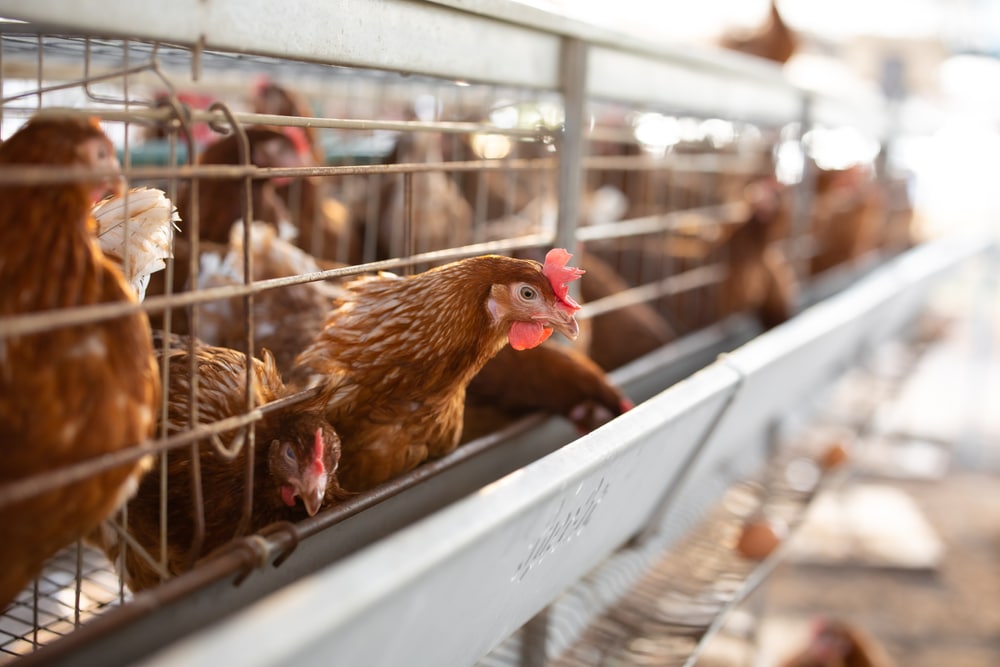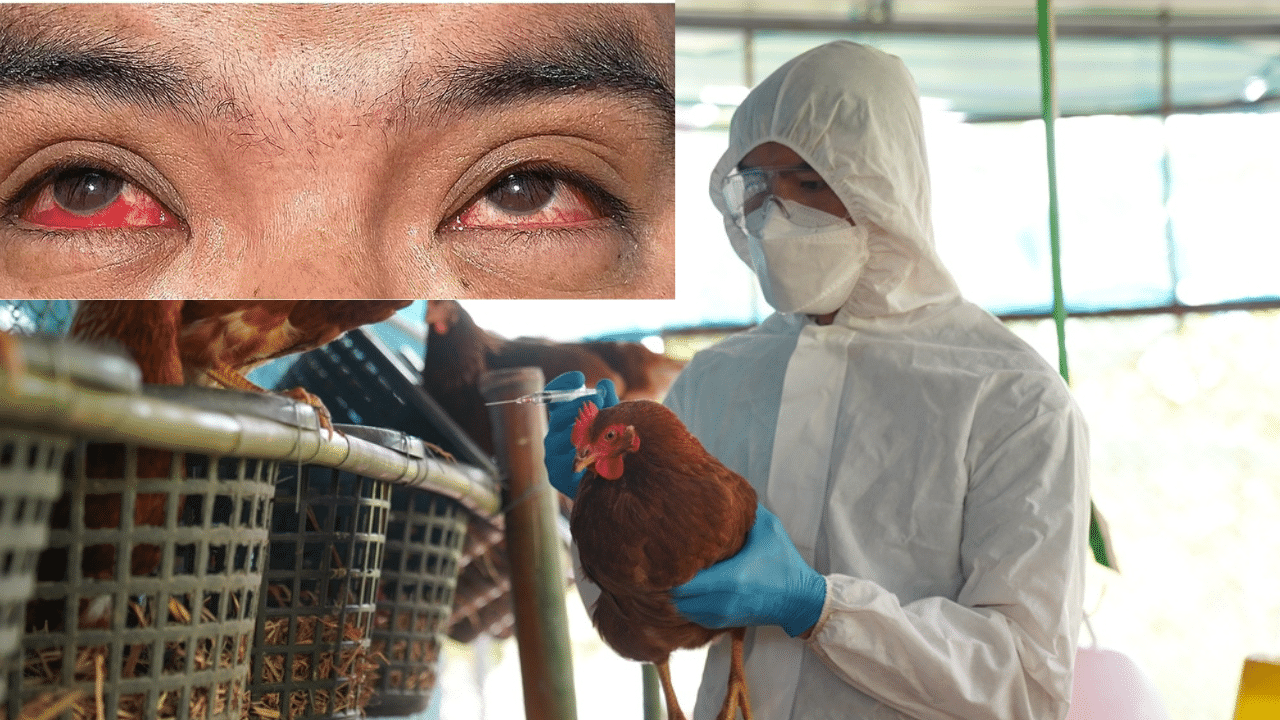(OPINION) Around a quarter of high school students identify as gay, bisexual or have a more fluid sexuality, official data suggests. The Centers for Disease Control and Prevention’s biannual youth report found that just 75.5 percent of 14 to 18-year-olds said they were heterosexual in 2021 – a new low.
The remainder said they were either bisexual (12.1 percent), gay or lesbian (3.2 percent), ‘other’ (3.9 percent) or said they ‘questioned’ their sexuality (5.2 percent).
The percentage of students who do not view themselves as straight has more than doubled in recent years — from 11 percent in 2015 to 24.5 percent in 2021.
Rates of alternate sexualities in school-aged children are much higher than the adult population – where about seven percent are gay, bisexual or other.
Experts say the explosion in alternative sexualities among children can be partly attributed to increased acceptance. Dr. Mollie Blackburn, who teaches sexuality studies at Ohio State University, told DailyMail.com: ‘It’s an increase in acceptance from both parents and society.
‘[Accepting people] creates a context where a child will be more willing to say that they are gay.’ She does not think the actual number of children who are truly gay, lesbian or bisexual has changed in recent years, but that young people are more willing to admit it now.
But Jay Richard, a senior research fellow at the conservative think-tank the Heritage Foundation, said the US was an outlier. In the UK, for example, eight percent of people 16 to 24 identify as LGBT, according to the Office for National Statistics (ONS).
He said the rise of gender studies in American schools in recent years was partly behind the rise. ‘There is no doubt in my mind that schools are absolutely playing a role in this growth.’
In recent years, some schools have begun teaching sex education as young as second grade, which has prompted pushback from Conservative lawmakers.
Richard also claimed the increased political focus on social justice was incentivizing children to say they were not heterosexual, to seem ‘less plain’.
‘There are social incentives to declaring yourself a sexual minority,’ he added. ‘There is nothing you have to do to be bisexual. You [could] just wanna make yourself cooler.’ Richard also said the new survey style implemented in today’s CDC report ‘weakened the findings’.
The data comes from the CDC’s biannual Youth Risk Behavior Surveillance Survey. It is the first report since the Covid pandemic. The nationally representative survey included data from 17,232 children across 152 schools in 45 US states.
Teens are anonymously surveyed on a multitude of factors, from their mental health, sexual identity and whether they use drugs or carry weapons.
In this survey, students who answered that they were ‘gay’, ‘lesbian’, ‘bisexual’ or ‘questioning’ were considered in the ‘non-heterosexual’ group. The CDC found that 25 percent of students fell into this group, a sharp rise from just 15 percent in 2017.

